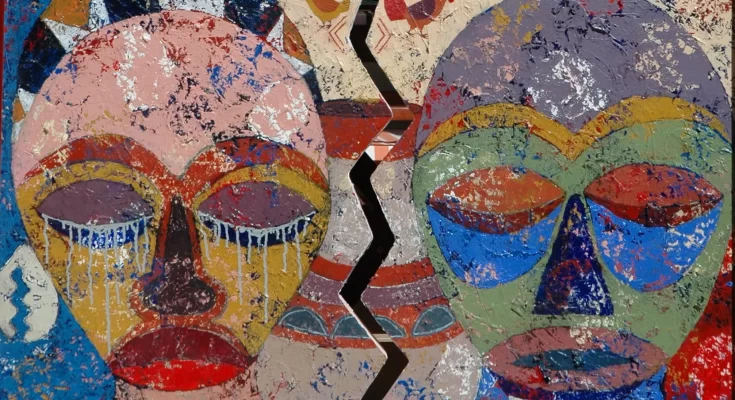African Art, more generally known as ‘Traditional African Art’, is of the richest cultural heritage of the continent of Africa. Traditional African art consists of many different forms, and usually includes paintings, sculptures, pottery, mask making, jewelry making, rock art, etc.
Entrepreneurs like Abraham Abia Biteo Roka are working hard to provide a better platform to African artists today. He has worked in many different fields and thus knows the true worth of African art and how much money it can fetch the artists. To know more about his work, visit his website.
What is exactly traditional African art?
As soon as some people hear the terms ‘traditional African art’, ‘tribal art’, ‘primitive art’, etc. all they think about is ugly masks and weird sculptures. Well, this is not what traditional African art is. Yes, for sure masks and sculptures were the main form of art in Africa, but traditional African art is not just all about them.
The concept of African art is much broader and includes many different objects like making pots, mats, stools, fabrics, jewelry, and even decoration items. Also, traditional African art is symbolic in many ways. The art was used back then to either depict an imaginary or figurative scene or was used to create something that can be a part of religious rituals.
The 5 characteristics of traditional African art
The continent of Africa is home to 54 countries. So, it is obvious to see a variety of cultural traditions, values, and beliefs in the art of different regions. However, experts have identified the top 5 common characteristics of traditional African art. They are:
1. Use of human figures
The human body holds the highest importance in traditional African art. Many figures were created using human characteristics to make them more relevant. Besides, in African cultures, the human body is associated with beauty as well as spiritual beliefs, and principles of life.
Some artists even used a combination of humans and animals to create a hybrid to depict the spirit of a living person or an ancestor.
2. Elegance and calmness
It is not possible to encounter an African sculpture that is reclining in any way. Similarly, you will never even find an African sculpture that is smiling or screaming.
This is because Africans value qualities like self-respect, dignity, and serenity. The sculptures will usually have figures that are looking upright, have very composed expressions, and are overall extremely elegant.
3. Perfect proportions and balance
African artists not only pay attention to aesthetic details, but their craftsmanship is all about symmetry and balance. You will never see an African art piece with rough lines or bad angles. It is fascinating how this is the only artistic element that is valued in both African and Western art forms.
4. Youthfulness
African sculptures are never dull or give negative vibes. They are accepted as the symbol of youthfulness, energy, fertility, strength, and productiveness. To ensure this, sculptures are thoroughly polished to achieve a ‘youthful glow’.
5. Luminosity
Rough, irregular, and unpolished surfaces are never appreciated in African art. So, irrespective of the medium used, sculptures are polished enough that they become super shiny.
So, you see traditional African art is not just about masks and sculptures, but everything that is associated with art in Africa. The characteristics might be the same, but the use of different themes and media make every art piece unique.




